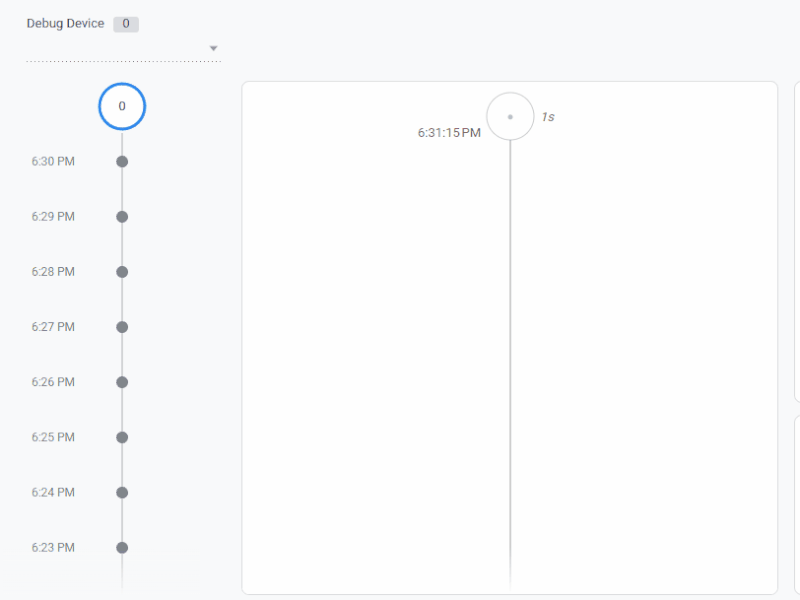One client. Three platforms. Three different “truths.”
GA4 says: email and organic drive most sales. Meta Ads claims: ROAS 230%. GoogleAds confidently shows: I brought the most orders. Then we check first-touch data in CRM — surprise: most users originally came from Organic search. The client asks: who do we trust? Where do we invest? Why does everyone have their own version?
Welcome to attribution chaos. One model isn’t enough. But juggling several doesn’t mean drowning, if you know what you’re actually measuring.
Here’s where the traps are: every platform wants to look good. Meta counts post-view 7days. Google does post-click 30days. GA4? Data Driven by default, unless you changed it. Each model answers a different question: who closed the deal, who brought the customer in, who influenced along the way. The same conversion shows up in multiple reports. And business questions rarely match platform logic: you want to know where to invest, but the report tells you who was last.
Here’s how I stay sane.
1. Split goals by system. For optimization — let platforms do their thing. For business impact — rebuild attribution in BigQuery or CRM, where you control the logic.
2. Pick a base model. Usually Last Click (or Last Non-Direct). Simple. Stable. Aligned across the team.
3. Look at the funnel from different angles: Last Click shows who closed, First Click shows who brought them in, Top Score shows who influenced, Shapley Value shows unexpected patterns.
4. Use model comparison reports — they show who drives real revenue and who’s just burning budget.
5.And don’t hesitate to cut dead weight. If a campaign underperforms everywhere — cut it.
Attribution isn’t about finding one truth. It’s about knowing which question you’re answering.
Want to get all my top Linkedin content? I regularly upload it to one Notion doc.
Go here to download it for FREE.



